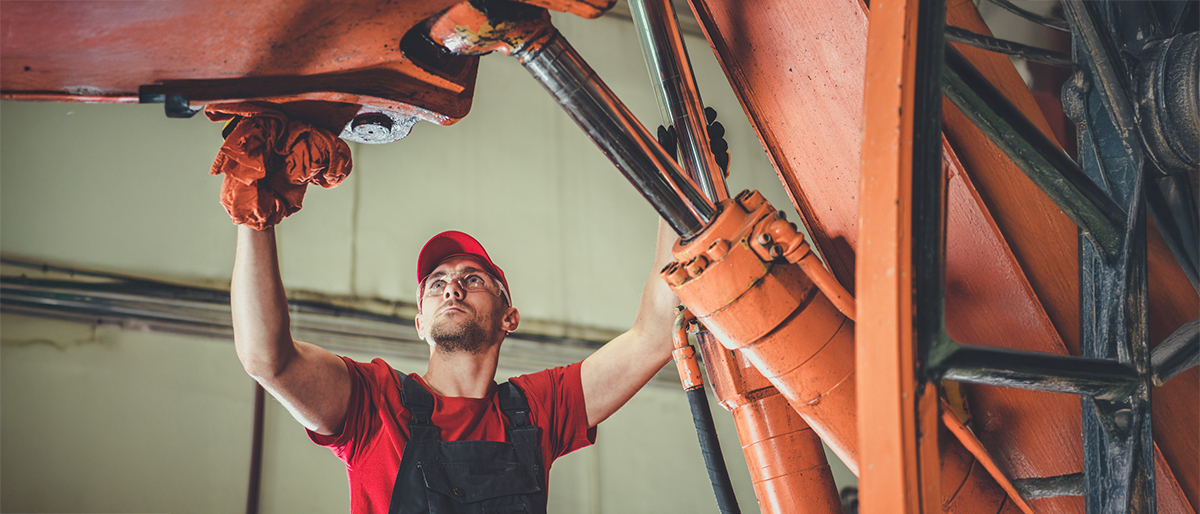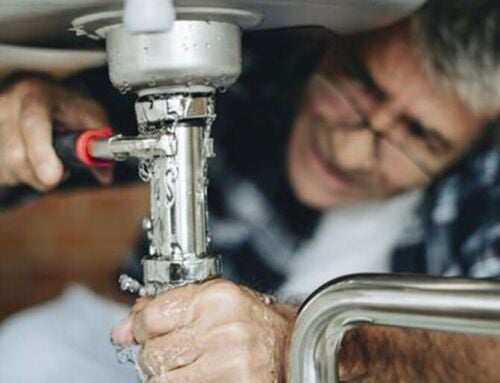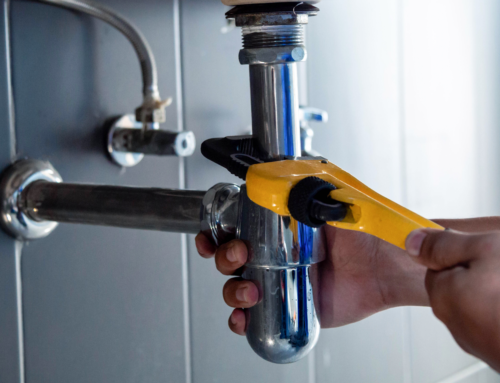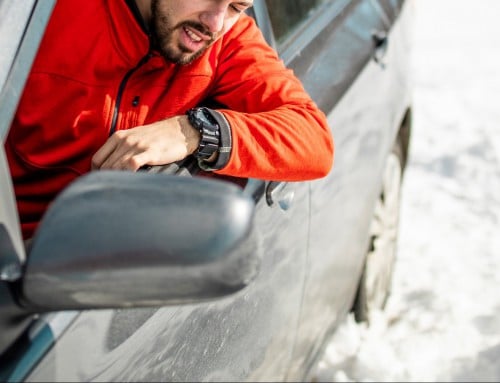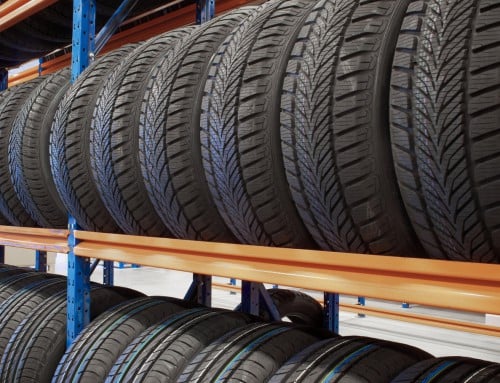As business grows for equipment dealers in the industrial, commercial, and agricultural sectors, so do the risks associated with it. In Canada, the construction equipment market is estimated to grow from $3.2 billion in 2024 to $4.9 billion by 2029. Urbanization, along with increased investment in infrastructure, is fuelling this growth. For example, the federal, provincial, and territorial governments are allocating an estimated $33 billion toward infrastructure projects, including road construction, bridges, and public transit systems.
The Canadian agricultural equipment market is also projected to grow from $8.37 billion in 2024 to $12.08 billion by 2029. High-value equipment, such as cranes, bulldozers, excavators, forklifts, pavers, backhoes, and tractors, is essential for industries like construction, agriculture, forestry, and mining. Moreover, as investments in mechanization and agricultural robotics continue to increase, it has become crucial for equipment dealers to safeguard their operations as a loss or damage to even a single piece of equipment can lead to significant financial setbacks. Hence, it is vital for dealers to implement effective risk mitigation strategies. Here are some of the key risks that can help dealers to protect their operations effectively.
Key risks and mitigation tips for equipment dealers
Theft
With high-value inventory on hand, equipment dealers are prime targets for theft or vandalism. While thieves and vandals often target equipment on unsecured construction sites, they also target equipment at dealerships, in warehouses and even in transit. Theft can occur in several ways, from “smash and grabs” to rental fraud to cargo theft. One common method involves Vehicle Identification Number (VIN) cloning. By scratching off the original VIN and etching in a new one, thieves can attempt to resell stolen equipment as refurbished. Organized crime syndicates may even transport stolen equipment overseas for sale.
According to Équité Association’s Cargo & Heavy Equipment Theft Trend Report, over $124.6 million in heavy equipment was stolen in Canada between 2019-2023, with a recovery rate of only 23.92%. The top hotspots for heavy equipment theft were Edmonton, Calgary, and Toronto.
Theft of heavy equipment surged in 2023 due to supply and demand imbalances. The increased demand for construction machinery, combined with supply chain disruptions, led to shortages that the thieves capitalized on. To safeguard your inventory, take appropriate security measures based on the size and location of your business. Here are some best practices that can help prevent theft:
- Use fencing, alarms, motion-sensor lighting, and security cameras.
- Consider hiring a security company to patrol the area or invest in a remote video surveillance service if your site is unoccupied on weekends or holidays.
- Install discreet third-party GPS tracking devices on rental equipment.
- Do not leave heavy equipment unattended during transit.
- Remove keys from unattended equipment and lock the doors.
- Chain smaller equipment to larger equipment.
- Remove batteries (or other components) so the equipment is immobile.
- Consider installing steering column collars or brake pedal locks to prevent crimes of opportunity.
Severe weather
Severe weather conditions such as flooding, wildfires, earthquakes, severe winds, and tornadoes can cause significant damage to your inventory. It is crucial for equipment dealers to have a plan in place to protect their assets during these events. Some key steps to mitigate damage include:
- During high winds, move heavy equipment to protected areas (indoors if possible), particularly if there’s a chance of hail.
- In the event of torrential rain, equipment should be relocated to higher ground to avoid water damage from flooding.
These precautions also help prevent accidents and injuries caused by damaged or malfunctioning machinery.
Poor housekeeping
Man-made hazards, like those caused by poor housekeeping, can also pose risks for equipment dealers. Spills in warehouses or shops can lead to slips, trips, and falls, while oily rags can spontaneously ignite, or a smoldering cigarette butt could ignite nearby combustible waste materials. To prevent these accidents and potential fires:
- Clean up spills promptly.
- Do not recharge batteries inside a building overnight and disconnect batteries on stored equipment/vehicles to prevent potential electrical fires.
- Store flammable liquids in a ULC-listed Flammable Liquid Cabinet. Acetylene tanks should be chained/secured when not in use.
- Store combustible materials properly.
- Dispose of waste oil and combustible materials in waste containers with airtight, self-closing lids and stored outside away from exterior walls.
Protecting against liability and faulty work claims
With inflation driving up equipment costs, the cost of faulty work claims is also increasing. Faulty work claims can harm a dealer’s reputation and cost future income to the business. Best practices include:
- Ensuring proper training for staff so they remain up to date on safety procedures and equipment use.
- Having repair work reviewed by an experienced journeyman to reduce the chance of errors.
- Regularly maintaining equipment to prevent damage or mechanical issues that could lead to claims.
Ensure you’re protected with equipment dealers insurance
While risk mitigation practices can help to prevent many losses, certain events are beyond your control. That’s why having the right insurance protection is essential to help safeguard your business. To learn more, visit our equipment dealers insurance page today.
This blog is provided for information only and is not a substitute for professional advice. We make no representations or warranties regarding the accuracy or completeness of the information and will not be responsible for any loss arising out of reliance on the information. Terms, conditions, and exclusions apply to coverage. See policy for details.
